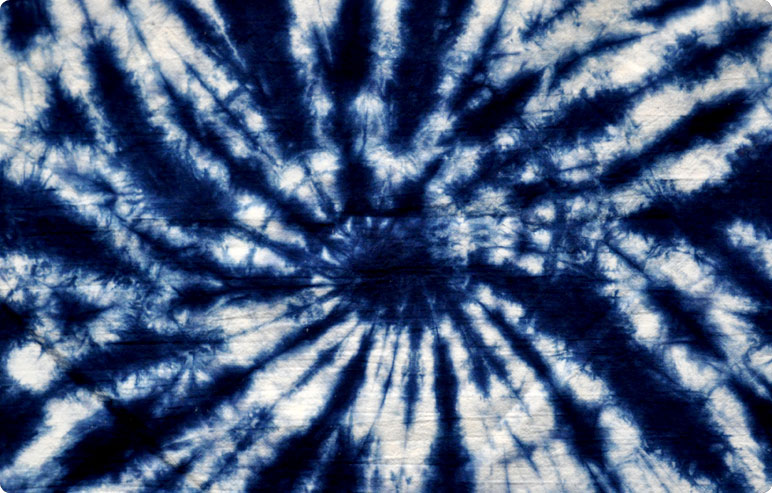China's Sulfur Black 1 Overview and Applications in Various Industries
Exploring the Significance of China Sulfur Black 1 Applications and Implications
Sulfur Black 1, a prominent organic dye, has carved out its niche in various industries, particularly in textiles. Widely recognized for its deep black coloration, this synthetic dye is often seen in applications such as fabric dyeing, leather tanning, and even in some printing processes. Given China's status as a global leader in dye production and consumption, the prominence of Sulfur Black 1 is particularly noteworthy.
The Chemistry Behind Sulfur Black 1
Sulfur Black 1 is classified as a sulfur dye, which means it is derived from sulfur compounds. It is distinguished by its ability to produce a rich, dark hue when applied to cellulose fibers, such as cotton. The dye undergoes a reduction process during application, where it is solubilized and absorbed into the fibers. Once oxidized back to its original state, the dye forms a strong bond with the fabric, demonstrating excellent wash and light fastness. This durability makes it a favored choice among manufacturers who prioritize longevity in their products.
Applications in Industry
In the textile industry, Sulfur Black 1 is extensively utilized for dyeing cotton fabrics, as well as blends of cotton with other fibers. Manufacturers often prefer this dye for its cost-effectiveness and ability to produce uniform coloration across large batches. It is commonly found in the production of denim, where its rich color adds to the aesthetic appeal of the fabric.
In addition to textiles, Sulfur Black 1 also finds use in the leather industry, where it provides a deep, rich color to leather goods. The dye’s compatibility with various leather types helps achieve a consistent and high-quality finish, elevating the perceived value of the products. Moreover, it's used in certain cosmetic formulations and printing inks, indicating its versatility across different domains.
Environmental Considerations
china sulfur black 1

While the benefits of Sulfur Black 1 are evident, it is essential to address the environmental concerns associated with its usage. The production and application of synthetic dyes can result in water pollution, as the manufacturing processes often release effluents that may contain harmful chemicals. In response to these issues, the textile industry has seen a growing demand for eco-friendly alternatives and sustainable practices.
Developing sustainable dyeing processes has become paramount. Industries are now focusing on reducing water consumption, recycling dye baths, and employing less toxic chemicals in dye formulations. Companies that adopt these approaches not only comply with stringent regulations but also cater to an increasingly environmentally conscious consumer base.
The Future of Sulfur Black 1
Looking ahead, the future of Sulfur Black 1 will likely depend on advancements in technology and innovations in dyeing processes. Researchers are exploring biodegradable and eco-friendly alternatives to synthetic dyes, while also improving existing technologies to minimize environmental impact. The push towards sustainability is reshaping the landscape of the dye industry, and companies that adapt to these changes may find new opportunities for growth.
Furthermore, as the fashion industry leans towards more ethically produced goods, the demand for environmentally friendly dyes is expected to rise. This shift may compel manufacturers to reconsider their reliance on traditional dyes like Sulfur Black 1, prompting further research into safer and more sustainable options.
Conclusion
Sulfur Black 1 remains a significant player in the world of dyes, particularly within the textile and leather industries. Its durability, cost-effectiveness, and versatility underscore its importance. However, balancing industrial benefits with environmental responsibilities will be crucial in shaping its future. As the industry evolves, stakeholders must remain committed to fostering innovation and adopting sustainable practices that align with the needs of consumers and the planet. Transitioning towards more environmentally friendly alternatives will not only address pressing ecological concerns but will also pave the way for a more sustainable and responsible dye industry in the coming years.
-
The Timeless Art of Denim Indigo Dye
NewsJul.01,2025
-
The Rise of Sulfur Dyed Denim
NewsJul.01,2025
-
The Rich Revival of the Best Indigo Dye
NewsJul.01,2025
-
The Enduring Strength of Sulphur Black
NewsJul.01,2025
-
The Ancient Art of Chinese Indigo Dye
NewsJul.01,2025
-
Industry Power of Indigo
NewsJul.01,2025
-
Black Sulfur is Leading the Next Wave
NewsJul.01,2025

Sulphur Black
1.Name: sulphur black; Sulfur Black; Sulphur Black 1;
2.Structure formula:
3.Molecule formula: C6H4N2O5
4.CAS No.: 1326-82-5
5.HS code: 32041911
6.Product specification:Appearance:black phosphorus flakes; black liquid

Bromo Indigo; Vat Bromo-Indigo; C.I.Vat Blue 5
1.Name: Bromo indigo; Vat bromo-indigo; C.I.Vat blue 5;
2.Structure formula:
3.Molecule formula: C16H6Br4N2O2
4.CAS No.: 2475-31-2
5.HS code: 3204151000 6.Major usage and instruction: Be mainly used to dye cotton fabrics.

Indigo Blue Vat Blue
1.Name: indigo blue,vat blue 1,
2.Structure formula:
3.Molecule formula: C16H10N2O2
4.. CAS No.: 482-89-3
5.Molecule weight: 262.62
6.HS code: 3204151000
7.Major usage and instruction: Be mainly used to dye cotton fabrics.

